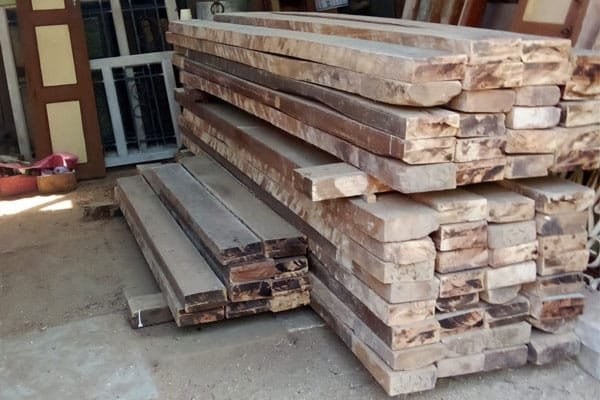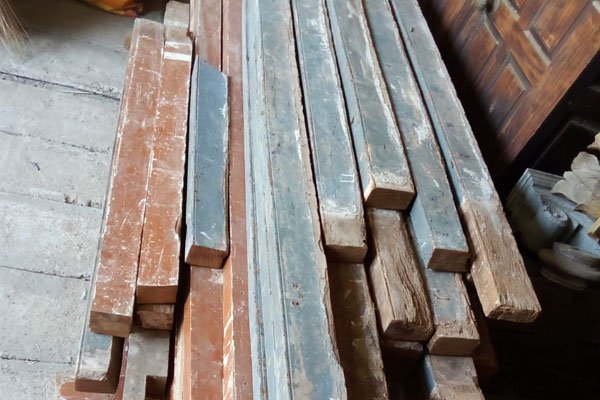![]() The Art of Wood, The Heart of Craftsmanship
The Art of Wood, The Heart of Craftsmanship
Raw Material
Wood is a versatile and renewable raw material derived from trees and is widely used across industries for its strength, durability, and aesthetic appeal. As a natural resource, it plays a critical role in construction, furniture making, paper production, and various artisanal crafts. Wood is categorized into hardwoods, sourced from deciduous trees like oak and teak, and softwoods, obtained from coniferous trees like pine and cedar, each offering unique properties suited for specific applications. Sustainable forestry practices and responsible harvesting are essential to ensuring the long-term availability of wood while preserving ecological balance. I
Sustainability and Renewability
Versatility and Applications
Natural Properties








Wood Scrap
Wood scrap refers to leftover, discarded, or unused wood pieces generated during manufacturing, construction, or demolition processes. It is an important resource for sustainable practices as it can be repurposed or recycled rather than wasted. Wood scrap is commonly used for creating composite materials like particleboard, MDF (Medium Density Fiberboard), and wood pellets for fuel. Additionally, it can serve as raw material for DIY projects, garden mulch, or energy production through biomass conversion. By properly managing and utilizing wood scrap, industries can reduce environmental impact, promote circular economy principles, and minimize landfill waste.
Recycling and Reuse
Cost Effective Resource
Environmental Benefits












